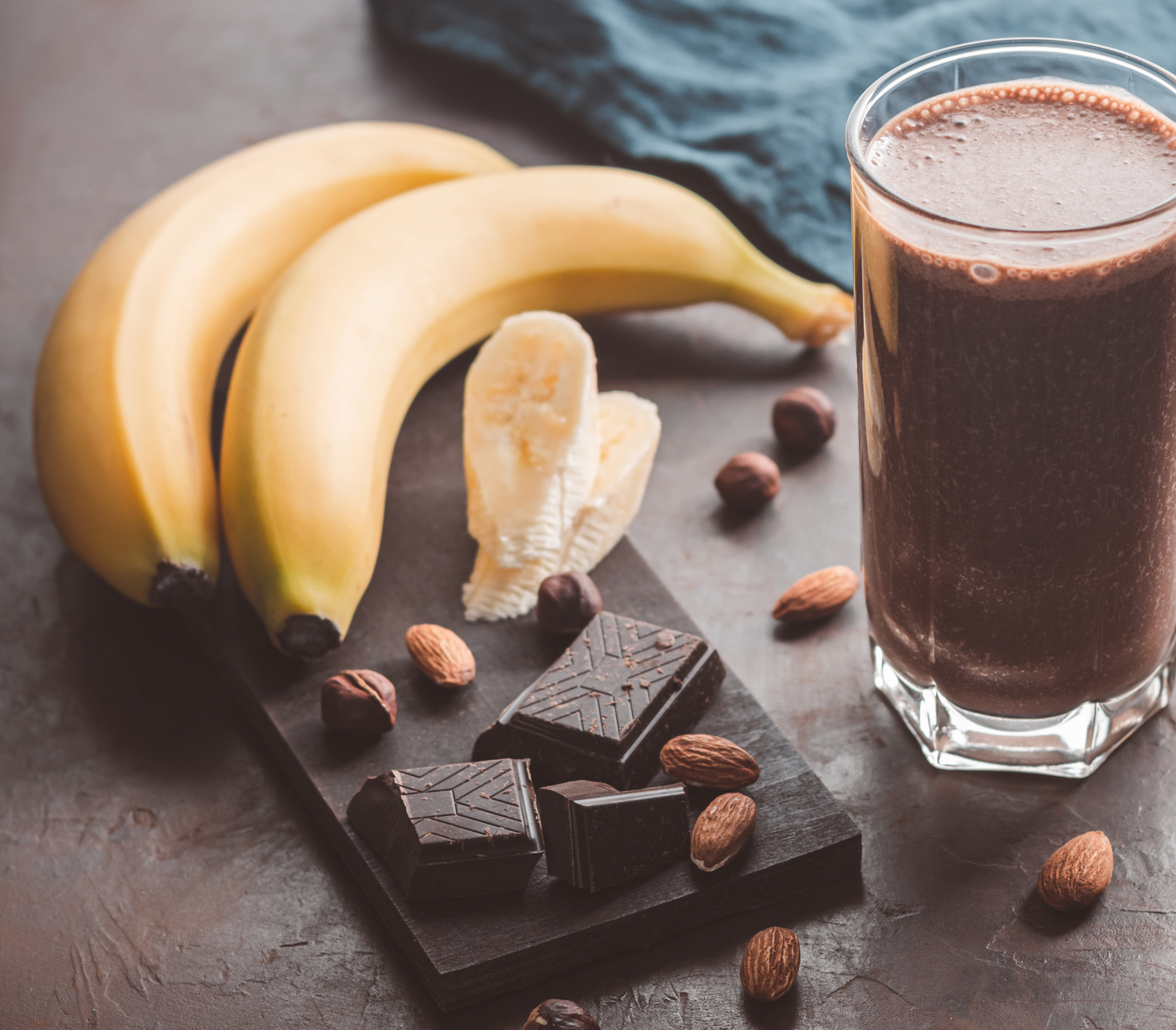Chances are you’ve heard the word microbiome (or ‘biome for short) - but what exactly is it, and how can you keep yours in good shape?
Microbiome basics
The word microbiome is the collective name for all of the microbes (tiny living organisms only seen under a microscope) that live in a particular environment.
When we talk about the gut microbiome, we mean all of the microbes that live in your gut. This includes bacteria, fungi and viruses, and all the genes that belong to them. Although microbes live all over your body, the majority of them live in your digestive tract, and in particular your large intestine (also known as the colon). You can think of your gut as a sort of microbe hotel.
You might associate bacteria with disease, but the truth is that the majority of microbes are not harmful and live in harmony with us. In fact, in recent years we’ve learned that the microbes in our gut are vital to our overall health. Not only do they help us digest food, but they train our immune system and defend against infection by creating an environment which makes it difficult for unhelpful bacteria to set up camp. They also manufacture vitamins (clever, huh?) and transform the fibre from our diets into helpful compounds which help regulate inflammation.
Meals for your microbes
Just like you need food to survive, your gut microbes do too. Whilst they aren’t particularly fussy (they will pretty much feast on whatever leftovers make their way to the large intestine) there are some nutrients which help them flourish, whilst others can disturb their balance.
For example, your microbes love fibre - which is found in plant foods like fruit, vegetables, wholegrains, nuts, seeds and pulses. Studies show that a high fibre diet keeps your microbes well nourished, whereas diets low in fibre can shrink the number of beneficial bugs in your gut. Other nutrients your gut bugs enjoy include polyphenols - naturally occurring compounds found in fruits, veggies, tea, coffee and wine (yes wine!) which can help maintain a good balance of beneficial bacteria.
There’s also evidence that fermented foods (which can contain beneficial bacteria, similar to the ones in your gut) may positively influence the balance of your microbiome.
While there is no one magic ‘biome boosting food, eating a wide range of high fibre and plant foods (with some cultured foods thrown in for good measure) is a good idea so far as your microbes are concerned. With that in mind, here are some of my favourite ‘biome boosters.
Oats
Porridge oats are rich in a type of fibre known as beta glucan, which supports the growth of bifidobacteria, one of the main groups of beneficial bacteria in the gut.
Half a cup of oats (about 50 grams) contains ~ 5 of the 30 grams of daily fibre that’s recommended. Try soaking in a milk or live yoghurt of your choice with chia and topping with fruit for a fibre packed brekkie. Fancy something different? Switch it up with savoury oats.
Bananas
Rich in carbohydrates, bananas are great brain fuel, and each fruit contains ~ 3 of the 30 gram daily fibre target.
Pick a slightly greenish banana for more resistant starch, which sails through the gut to selectively feed the good bacteria in your large intestine.
Teff
Teff is a tiny gluten-free grain (about the size of a poppy seed) which is native to Ethiopia. It’s rich in fibre and 20-40% of the carbohydrate it contains is resistant starch, which means good nutrition for your gut bugs.
You can use teff in porridge, or try making these Teff Pancakes - they’re fab served with a veggie stew or curry.
Dark chocolate
Great news - polyphenol compounds in the cocoa bean can influence the microbiome in positive ways.
Choose a few squares of the 70% stuff - not only is dark chocolate rich in polyphenols, a 40g serving (a standard small bar) contains 4 grams of fibre. Win win!
Kefir
Kefir is a fermented milk drink, which is like yoghurt, but thinner. It contains probiotic bacteria and has been shown to have positive effects on gut transit time (which may help prevent constipation).
Try a mango kefir smoothie - blend 1 cup plain kefir with a handful of frozen mango, half a banana, half a tsp of turmeric and some fresh or ground ginger.
Olive oil
Olive oil is rich in polyphenol compounds that your gut bugs thrive on.
Choose extra virgin oil for the highest levels of beneficial compounds. Try a drizzle on salads, veggies or add to pasta sauces.
Cheese
Cheese fans rejoice. Although there aren’t necessarily live microbes in your cheese by the time you eat it (most of them die off during the ageing process) small studies have linked cheese consumption with higher levels of butyrate, a compound produced by gut bacteria which helps keep the cells lining your gut healthy.
Enjoy some of your favourite cheese with fermented veggies (I love this delicious tomato salsa) and oatcakes or toasted sourdough bread.
References
O’Grady, J., O’Connor, E. M., & Shanahan, F. (2019). Review article: dietary fibre in the era of microbiome science. Alimentary Pharmacology and Therapeutics, 49(5), 506–515. https://doi.org/10.1111/apt.15129
Turan, I., Dedeli, O., Bor, S., & Ilter, T. (2014). Effects of a kefir supplement on symptoms, colonic transit, and bowel satisfaction score in patients with chronic constipation: A pilot study. Turkish Journal of Gastroenterology, 25(6), 650–656. https://doi.org/10.5152/tjg.2014.6990
Hidalgo, M., Prieto, I., Abriouel, H., Cobo, A., Benomar, N., Gálvez, A., & Martínez-Cañamero, M. (2014). Effect of virgin and refined olive oil consumption on gut microbiota. Comparison to butter. Food Research International. https://doi.org/10.1016/j.foodres.2014.07.030
Zheng, H., Yde, C. C., Clausen, M. R., Kristensen, M., Lorenzen, J., Astrup, A., & Bertram, H. C. (2015). Metabolomics investigation to shed light on cheese as a possible piece in the French paradox puzzle. Journal of Agricultural and Food Chemistry. https://doi.org/10.1021/jf505878a



